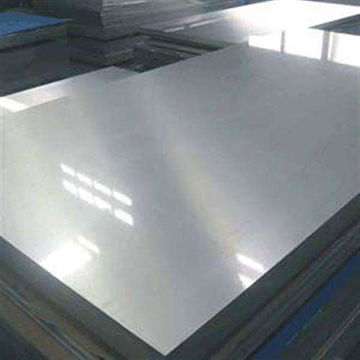Kunshan Jinruda Metal Products Co., Ltd.
Do you know when cold-rolled plates should be used and when hot-rolled plates should be used? And what’s the difference between the two materials? Today, we will briefly introduce some basic knowledge of the two materials.
Hot-rolled plate
The temperature of the rolled piece is high, so the resistance to deformation is low and large deformation can be achieved. Taking the rolling of steel plate as an example, the thickness of continuous casting slab is about 230mm, and the final thickness is 1~20 mm after rough rolling and finishing rolling. Because the width-thickness ratio of the steel plate is small, the requirements for dimension accuracy are relatively low, not easy to cause the problem of shape. So processing gives the first place to control convexity. Usually, it is necessary to control the rolling temperature, finishing rolling temperature, and crimping temperature in order to control the microstructure and mechanical properties of the strip.
Cold-rolled plate
Cold-rolled plate usually has no heating procedure before rolling. However, it is easy to have the problem of flatness due to the small thickness of strip. Moreover, finished products are completed after cold rolling. Therefore, many complicated processes are adopted in order to control the precision of size and surface. The production line of colding rolling is long, with many items of equipment and complex processes. With the improvement of the size of strip’s size, the shape, and surface quality, there are more control models, L1 and L2 systems, and shape control means for cold rolling than hot rolling. Furthermore, the temperature of roll and strip is one of the most important control indexes.

Benefits of properties of cold-rolled plates
1. Higher precision.
2. Much thinner.
3. More superior surface quality.
4. Easy to adjust the mechanical performance, such as tensile strength, and process performance, like stamping according to user’s demands.
Bottom line
The surface of the cold-rolled plate is smoother and has a certain gloss, similar to the surface of a common steel cup used for drinking water.
The surface of hot-rolled plates without pickling treatment are similar to that of many common steel sheets on the market. The rusty surface is red, while the rustless surface is purple-black (iron oxide sacale).
Drawer slides manufactured by Jinruda adopt cold-rolled steel with high quality. Inquiries welcome!